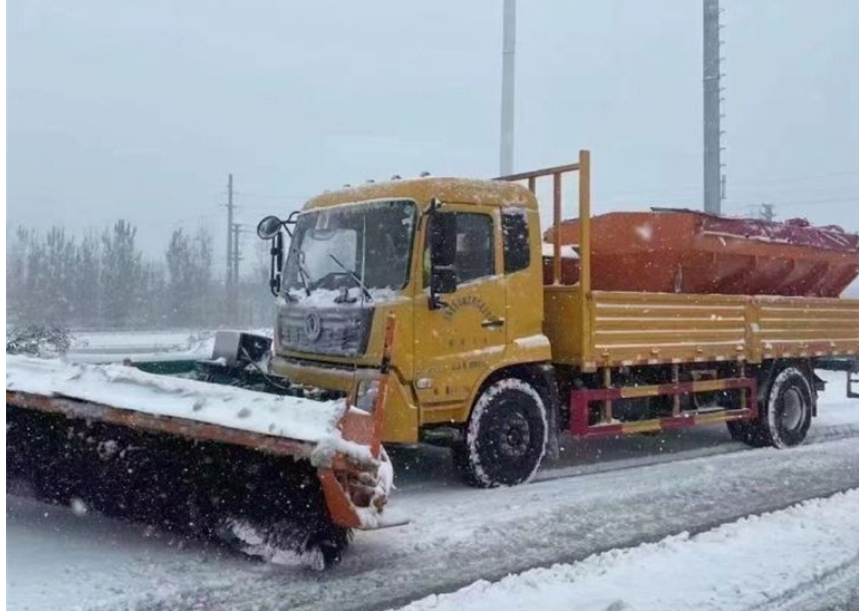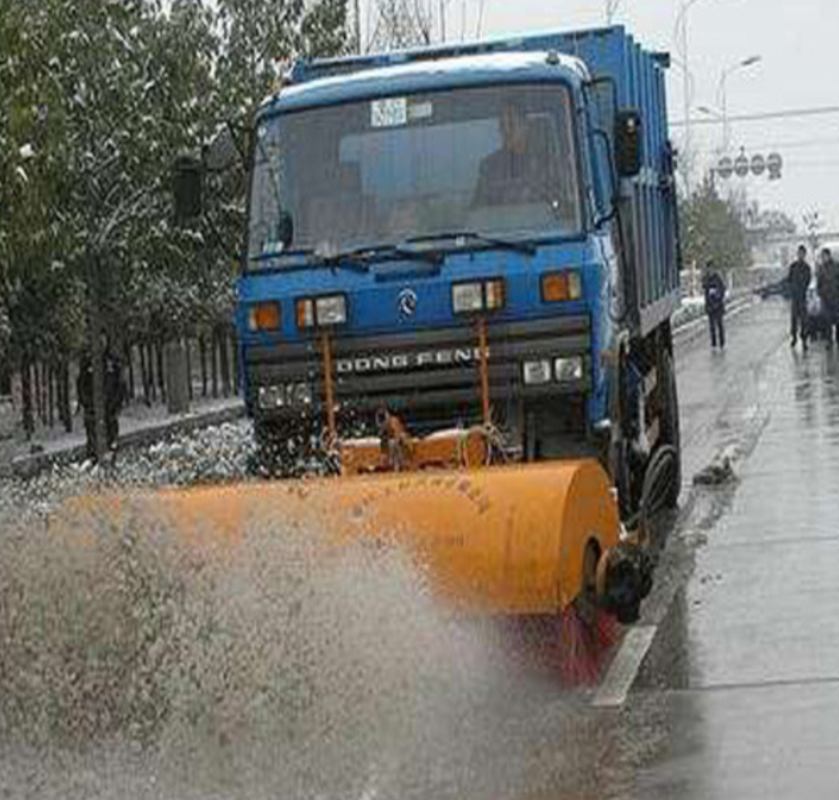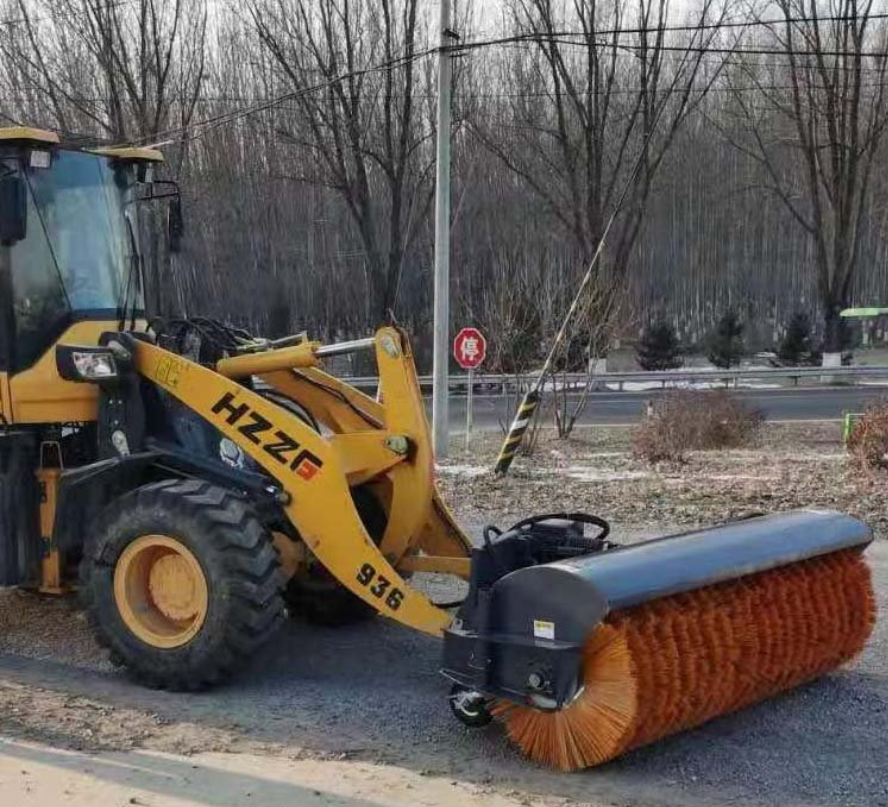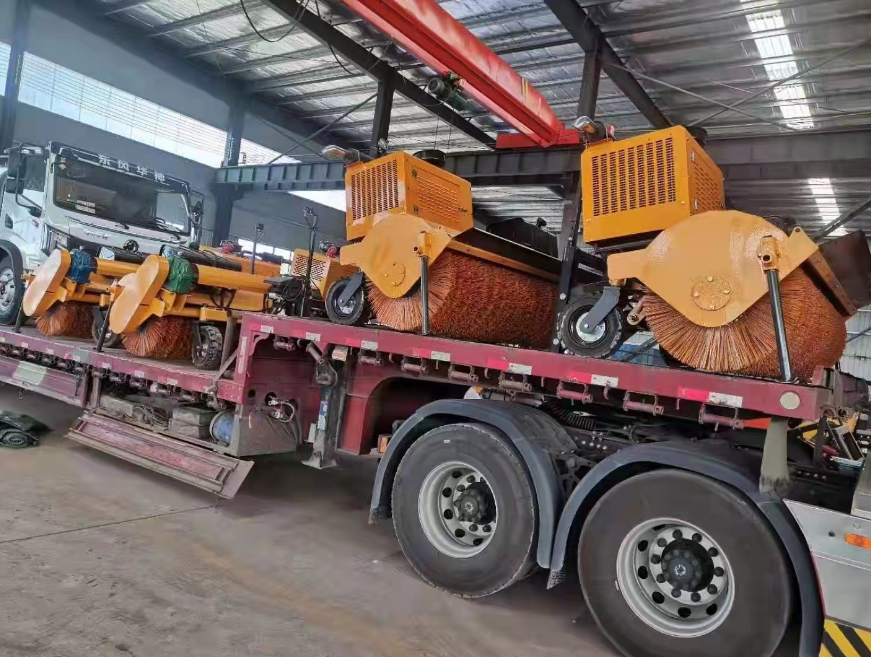How Does a Snow Brush Broom of snow sweepers Work? The Complete Guide
A snow brush broom, also known as a snow sweeper or rotary broom, is a pivotal piece of equipment for efficient winter road maintenance. But how does it transform deep, compacted snow into a clear, safe surface? In short, a snow brush broom works by using a combination of mechanical rotation and physical scraping to efficiently lift and displace snow from roads and parking lots.The entire process is a marvel of simple yet effective engineering designed for reliability and performance in harsh conditions.
The Core Working Mechanism: A Step-by-Step Breakdown

The operational principle can be broken down into a few key stages:
Power Activation & Rotation:
The process begins when the operator activates the system. A powerful hydraulic motor (the most common type for vehicle-mounted brooms) or an electric motor starts, transferring torque to the central drum or core. This causes the entire brush assembly to rotate at high speeds, typically between 180 to 250 RPM, generating the necessary centrifugal force for effective snow throwing.
Loosening and Aggitating the Snow:
As the vehicle moves forward, the long, flexible high-strength poly or synthetic bristles are the first to make contact with the snow. Their flexibility allows them to conform to road contours and aggressively dig into and loosen hardened, compacted snow and ice that a standard plow might slide over. This initial agitation is critical for breaking the snow's bond with the pavement.
Scraping and Lifting:
Following the initial bristles, stiffer core bristles or integrated steel scraper blades (often positioned at the base of the brush) make contact with the surface. These components act like a surgeon's scalpel, cleanly scraping the final thin layer of snow and ice from the ground, ensuring a clean, bare surface is left behind.
Throwing and Displacement:
Due to the high-speed rotation and the angled direction of the bristles, the loosened snow is continuously captured and propelled. The brush is typically mounted at a slight angle, which throws the snow in a controlled direction—either to the side of the path being cleared or into a waiting truck for removal.


Key Components That Make It Work:
The Drum/Core: The cylindrical backbone to which all bristles are attached.
Bristles: Made from durable materials like polypropylene, these are the workhorses that contact the snow. Their length, density, and stiffness determine the broom's aggressiveness.
Hydraulic Motor: Provides the high-torque power needed for rotation, especially under heavy load.
Mounting System & Angle Adjustment: Allows the operator to control the down-pressure and the angle of the brush for optimal cleaning and snow discharge.

Advantages of the Snow Brush Broom System
Surface-Safe: Unlike metal plows, bristles are far less likely to gouge or damage expensive road asphalt or concrete.
Versatile: Effective on a wide range of surfaces, from sensitive brick pavements to airport tarmacs.
Thorough: Capable of removing the thin, packed layer of snow that plows leave behind, achieving a "bare pavement" clean.

In conclusion, the snow brush broom is an indispensable tool in modern snow removal. By understanding its efficient working principle—agitation, scraping, and throwing—it's clear why it is the preferred choice for municipalities and contractors aiming for a high standard of cleanliness and safety.
